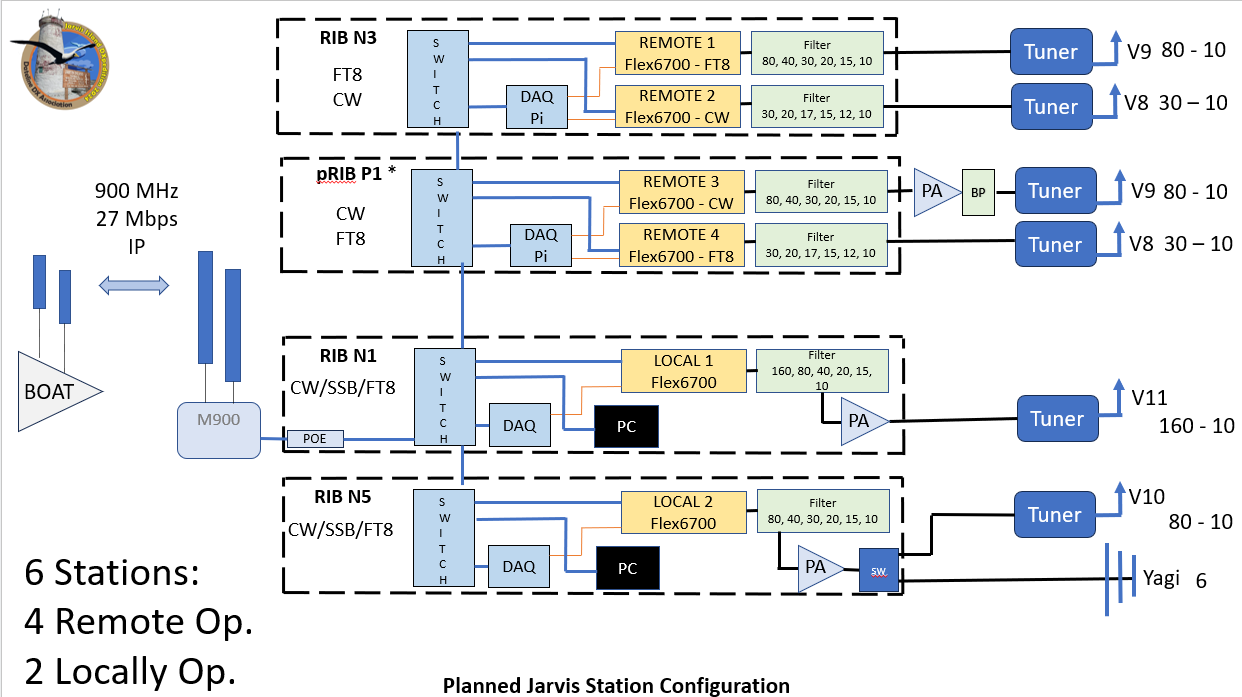We welcome KO8SCA, Adrian Ciuperca, to our at-island team. A well known and experienced
DXpeditioner, Adrian works as an IT consultant, a much needed component to any remote operation. He is a newly inducted member of the CQ DX Hall of Fame and a YASME award of Excellence winner. Adrian is a keen DXer with DXCC 318, 9BDXCC, IOTA, as well as being a passionate contester. He competed in WRTC 2018 in Wittenberg, Germany as well as at the 2023 edition of WRTC in Bologna, Italy.
Adrian has taken part in over 30 DXpeditions to destinations including W8S Swains Island, 3Y0J Bouvet Island, J2, Z6, OJ0, VP2V, PJ2, PJ4, A5, ZK3, V8, TX0M/TX0A, 6O, 9M0, FJ, FM, J3, J8, VK9C, VK9X, VP5, VP9, and Z2. Recently he has been a guest operator at 4U1UN and HV0A. His preferred operating mode is CW, but he is also active in SSB and digital modes. Adrian is a member of several amateur radio DX and contesting clubs, namely, NCDXF, INDEXA (board director), YCCC, FOC, CWOPS, LIDXA, Order of Boiled Owls of New York, LICWC, NYCDXA, WECA, Araucária DX Group, RRC.
This is an expensive DXpedition to one of the rarest entities that DXers will see in 2024. Please make a donation to help us put this one on the air.
George, AA7JV, and Don, N1DG, for the N5J team.

